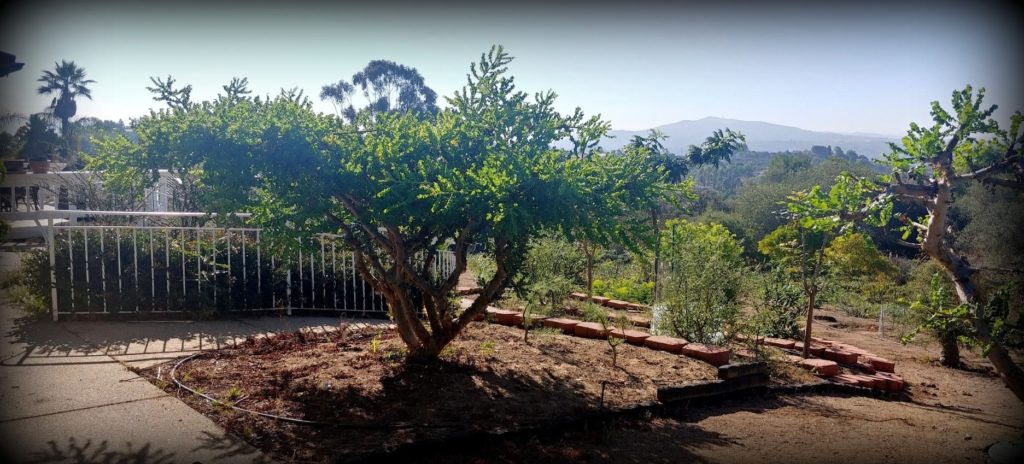Boswellia, Bursera, and Commiphora trees in habitat can no longer sustain the growing demand for resin. The over-tapping of trees, combined with natural (fire) and man-made (encroachment and exploitation) causes have brought many of the species to the brink of extinction. Farming these species, as resin producing crops, to meet the growing demands in the naturopathic, perfume, and beauty industries is the primary objective of the TEC.
For the past few decades, pioneer growers have started small and large farms, and with this process new data has emerged regarding a complex set of difficulties associated with cultivated trees. Although horticulturally growing these species in cultivation in the right zone is not complicated, the resin produced by the cultivated trees does not, yet, meet the industry standards neither quantitatively nor qualitatively.
To narrow the field, TEC is focusing on three primary goals: a) improving the resin production of cultivated plants; b) improving the species to yield viable resin; and c) nursery production of potted plants as starter trees for new farms. This will include rooted cuttings of the true species from their original habitat distribution localities, as well as proven hybrids that have passed chemical tests. In these sections, we will discuss each genus separately and collaborate with the stakeholders to address many of these challenging issues.
Farming for Frankincense
Many have attempted to farm several species of Boswellia and while the results have varied, none have resulted in a feasible grove for the commercial production of resin that can remotely compete with the wild collection.

While the nature of Boswellia is to exudate resin whenever the tree is cut, the complex issue is the profound difference between the resin coming from cultivated trees vs. wild trees in their natural habitat. It is the cultivated trees, agriculturally grown Boswellia, that show its complex culture demanding a new science of agriculture unlike any other crop.
The deficiency in cultivated trees includes inadequate resin production, i.e. the resin lacks viscosity or hardens too quickly sealing the tapped area, and the resin does not meet the criteria for essential oils. There is very little research done on the chemical compounds of cultivated resin to understand and compare its composition to the wild collection. These are just a few issues surrounding Boswellia farming.
Through collaborating with the Boswellia farming industry and the academic community we hope to systematically resolve these issues until farming for Frankincense becomes a feasible industry, and results in saving the habitat of these historic trees.

